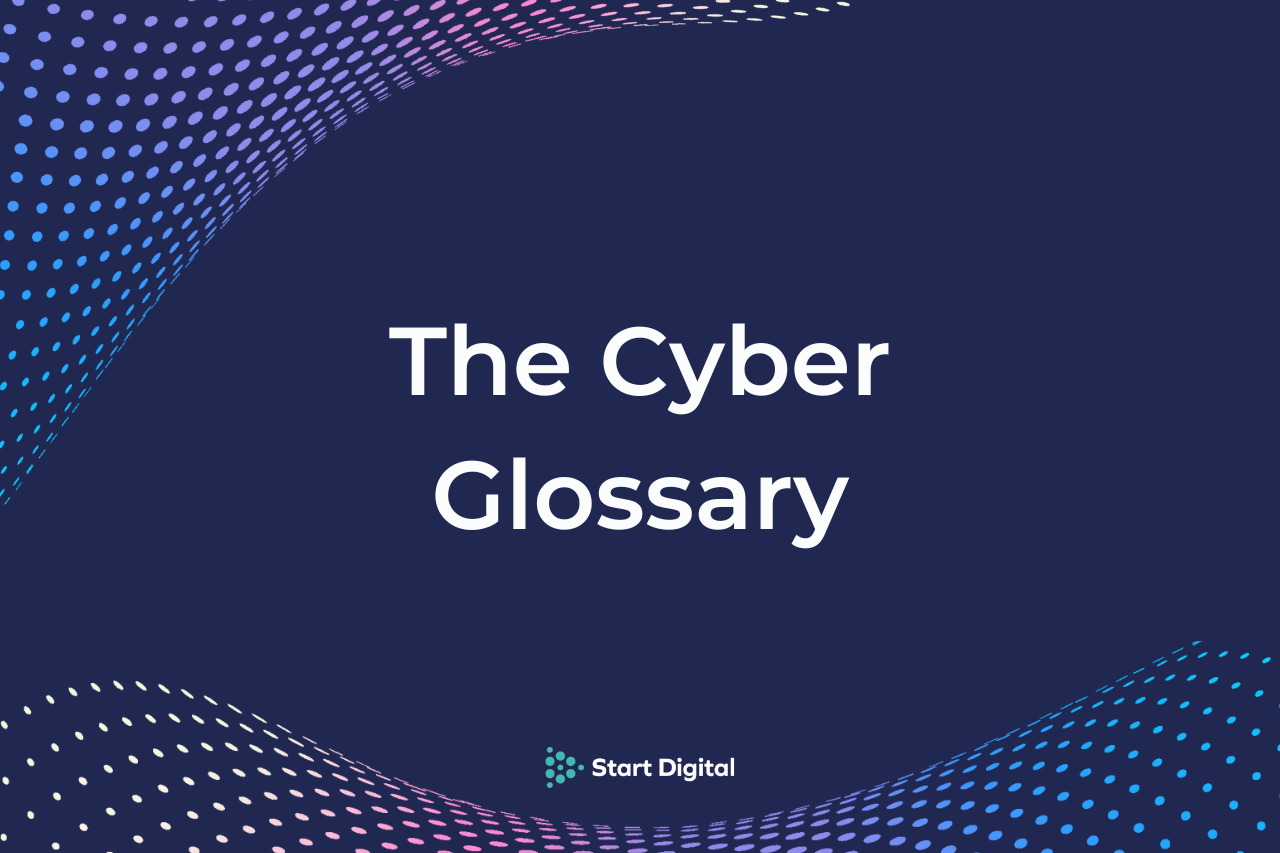
Cybersecurity can have a lot of confusing and new terms. Here are some straightforward definitions of words you may be unfamiliar with.
Our glossary of cyber security & IT terms is constantly being updated. You can help grow it by suggesting words and definitions – contact us.
A-C
Anti Virus
Anti-virus is a type of software that detects viruses and can remove them from your system(s).
Backdoor
Generally the result of a virus. Allows a person or group of people access to systems and data without authorisation.
Botnet
A set of connected systems infected with malware typically used to launch coordinated cyber attacks without the owner’s knowledge.
Breach
A breach is an event where computer systems are accessed without authorisation.
Brute Force
A brute force attack uses computer software that can input large amounts of combinations and values per second. This is usually done to find passwords and gain unauthorised access to systems.
Crack
A crack is commonly mistaken for a ‘hack’. A computer system is considered cracked
D-F
Driver
A piece of software that is related to a specific piece of hardware that allows the hardware to communicate with the computer for effectively.
Firewall
A security firewall aims to prevent malware and potentially unwanted programmes before they’re able to infect the computer and cause any harm.
Firmware
Firmware is a piece of software that is embedded in a piece of hardware and is vital to the running of said piece of hardware.
H-J
Hardware
The physical components that are necessary to the running of a computer. The hard drive, processor, and power supply are examples of hardware.
Infection
A term used to describe a computer that has malware on it. ‘The computer is infected.’
K-M
Keylogger
A keylogger is a piece of malicious software that runs in the background of your computer and records the keys you press on your keyboard.
Malware
A catch-all term used to describe malicious software that intends to harm or take advantage of a computer system or its user.
N-P
Phishing
A kind of Social Engineering attack that will send mass unsolicited emails with the hopes of taking sensitive information.
Potentially Unwanted Programme (PUP)
A piece of software that may be malicious. Programmes are generally flagged as being PUPs by anti-virus software if the anti-virus can’t be certain whether or not a piece of software is a virus.
Q-S
Remote Access Software
An application that allows a person to use a computer over the internet without being physically present.
Scareware
Malware or an intrusive ad that intends to scare the viewer into purchasing something, especially illegitimately and under false pretences.
Spoofing
Hiding your true identity as a known or trusted source. Generally used for email addresses, phone numbers, GPS, and DNS.
Social Engineering
Manipulating or deceiving people in order to gain sensitive data, money, or have them carry out tasks on their behalf.
Software
Any computer programme on a computer system that can execute functions or complete tasks. Microsoft word and Microsoft edge are examples of software.
Spear-Phishing
Similar to phishing. Spear-phishing will send out targeted emails, usually disguised to come from someone the recipient trusts, generally in order to gain access to sensitive data.
T-V
Trojan (AKA Trojan Horse)
A kind of malware or virus that infects your computer by disguising itself as a legitimate piece of software.
Virus
A type of unwanted software that is created and programmed by a malicious third party for their own benefit. Viruses can steal data, slow down systems, and other unwelcome activity.
W-Z
Zero Day Vulnerability
A vulnerability in a piece of software or firmware that is undiscovered by the developers and can be freely exploited by malicious parties.











